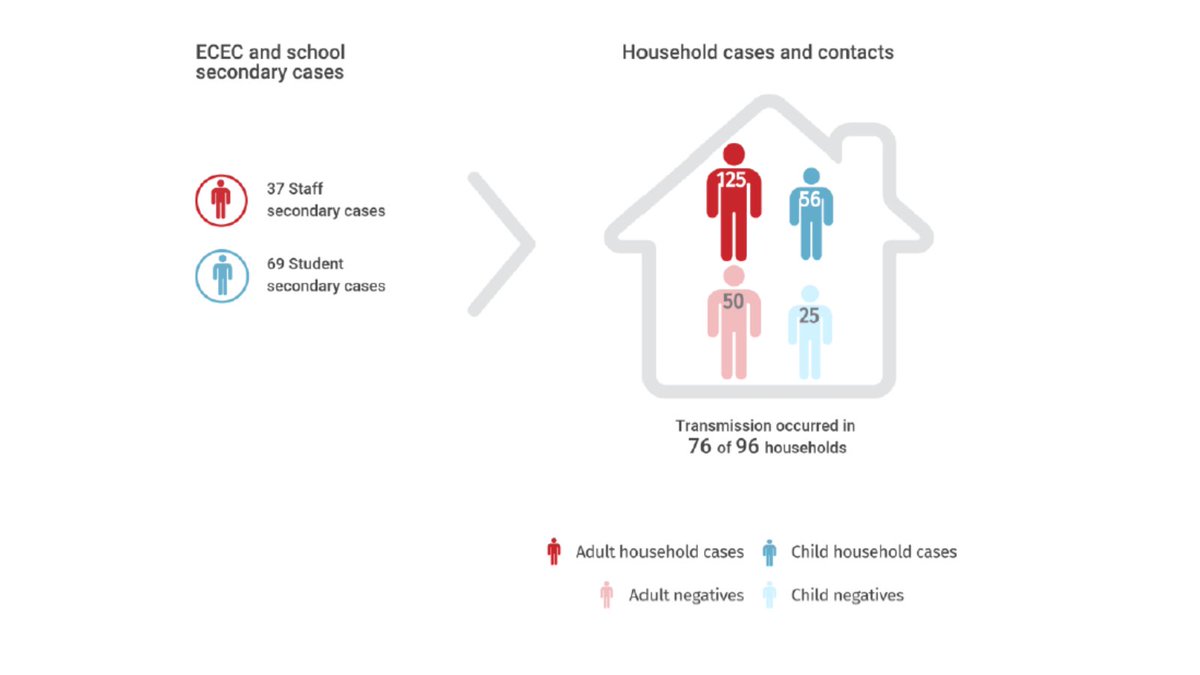
How worried should we be about #COVID19 in children?
Covid is a threat to children. But it’s not an extraordinary threat. In fact, it’s very ordinary.
In general, the risks from being infected are similar to the other respiratory viruses you probably don’t think much about
1/
Covid is a threat to children. But it’s not an extraordinary threat. In fact, it’s very ordinary.
In general, the risks from being infected are similar to the other respiratory viruses you probably don’t think much about
1/
In fact, for smaller children (pre school) viruses like RSV are much more likely to result in hospitalisation and severe disease
We are heaving with RSV and other viruses in children’s ED, but despite record numbers of community cases are still seeing very little #COVID19
2/
We are heaving with RSV and other viruses in children’s ED, but despite record numbers of community cases are still seeing very little #COVID19
2/
The children who are most likely to suffer from #COVID19 are those who suffer from other resp viruses, such as those with severe neurodisability or lung/heart disease
The risk is similar to that from other viruses, but can be significantly reduced by vaccination if available
3/
The risk is similar to that from other viruses, but can be significantly reduced by vaccination if available
3/
We obviously don’t want to see children infected. At very high numbers, we will see some rare, serious events, which we want to avoid if we can
But we must be aware that there are other, bigger risks to children (mental health, school loss) which should be prioritised
4/
But we must be aware that there are other, bigger risks to children (mental health, school loss) which should be prioritised
4/
• • •
Missing some Tweet in this thread? You can try to
force a refresh












